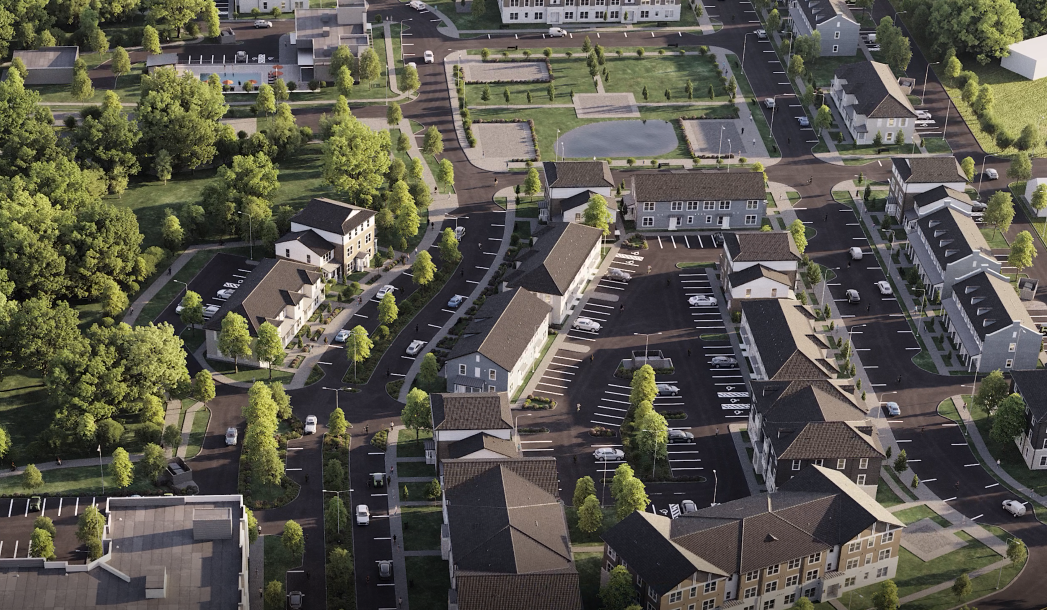Media Coverage
LHC Celebrates Grand Opening Of Senior Living Development Cypress Pinchback In Baton Rouge
Date
April 24, 2023

Baton Rouge, LA — Today, the Louisiana Housing Corporation (LHC) held a ribbon cutting for a new senior living development, Cypress Pinchback, in the Gardere area of Baton Rouge, Louisiana. LHC awarded Community Development Block Grant-Disaster Recovery (CDBG-DR) funding of $3.8 million, $11.8 million in Multifamily Housing Revenue Bonds (MRB), and over $9 million in Low-income Housing Tax Credits (LIHTC).
CDBG-DR funds were allocated to the state following the Great Floods of 2016. The “Piggyback Program,” created in response to this disaster, allows the use of CDBG-DR, leveraged with LIHTC and other sources for new construction development or acquisition/rehabilitation of multifamily affordable housing units.
media
Related Articles
.png)

Media Coverage
11/11/2025
‘A new energy’: Cypress at Ardendale takes next step in decade-long Baton Rouge development


Media Coverage
10/23/2025